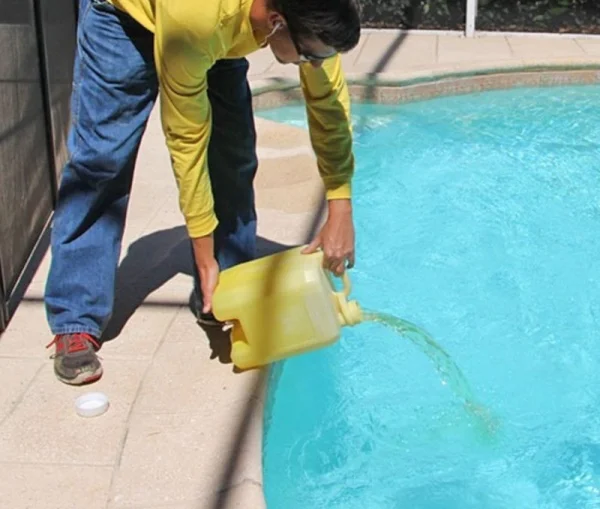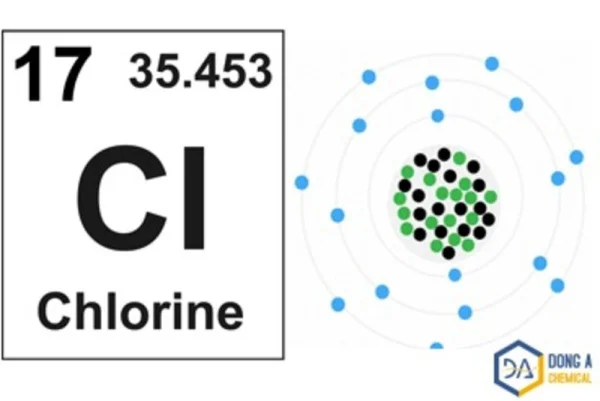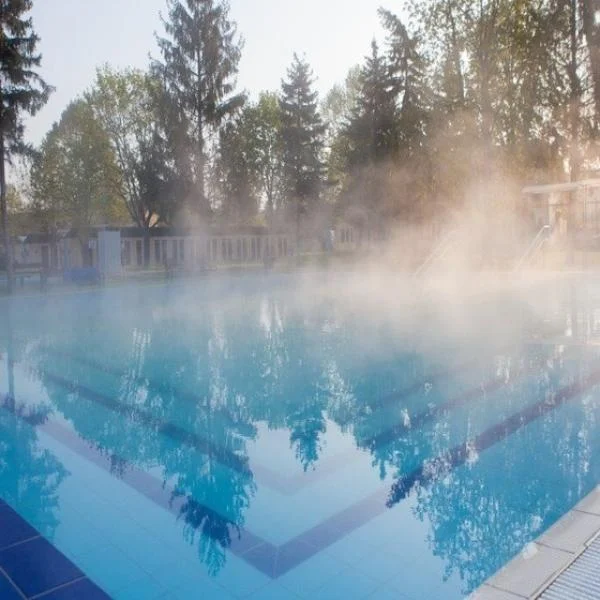
Stainless steel is a preferred material for many household items, from kitchen appliances to industrial equipment, due to its durability and sleek appearance. However, preserving its shine can be difficult. One effective method is using Sodium Hydroxide (NaOH), a powerful cleaning agent. This article will introduce you to how to clean stainless steel with NaOH, ensuring material surfaces remain spotless and gleaming.
Why clean stainless steel?
Stainless steel plays a crucial role in our modern lives. From industrial machinery, and towering skyscrapers built, to familiar household items, stainless steel is present everywhere. However, stainless steel also faces a significant challenge which is corrosion.
So, how to stainless steel? Corrosion is the gradual destruction of stainless steel due to chemical reactions with its surrounding environment. When exposed to moist air, water, acids, or salts, steel will corrode over time.
Several factors influence the rate of corrosion in stainless steel:
- Temperature: High temperatures accelerate the corrosion process.
- Humidity: A humid environment creates conditions conducive to corrosion.
- Concentration of corrosive substances: The higher the concentration of acids or salts, the faster the corrosion.
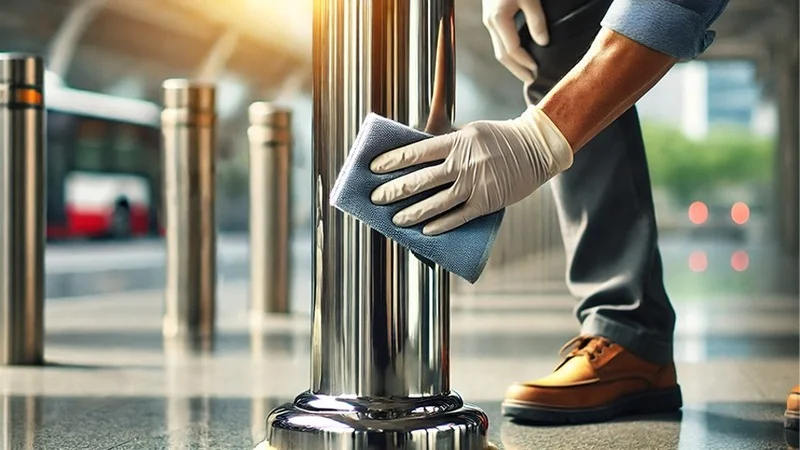
Identify signs of Stainless Steel Corrosion
Identifying corrosion of stainless steel can be crucial for maintenance and prevention. Some common signs include:
1. Discoloration: One of the signs of corrosion is a color change, often appearing as a yellow, brown, or red tint on the surface.
2. Rust: Stainless steel can still develop rust, especially in areas with constant exposure to moisture and harsh chemicals.
3. Surface Damage: Corroded stainless steel may show signs of flaking, which can weaken the overall structure.
4. Reduced Strength: Over time, corrosion can lead to a loss of structural integrity, making the stainless steel more susceptible to breaking or bending under stress.
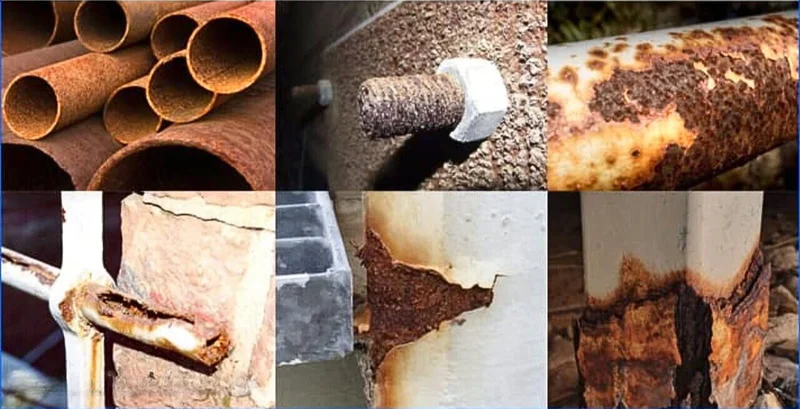
Understanding Sodium Hydroxide
Sodium hydroxide (NaOH), commonly known as caustic soda, is a highly caustic metallic base and alkali salt. It is a white, odorless, crystalline solid at room temperature. Sodium hydroxide is an essential chemical used in various industrial and household applications. It is highly effective in breaking down organic materials, making it an excellent choice for cleaning purposes. However, because of its potency, it should be handled with caution.
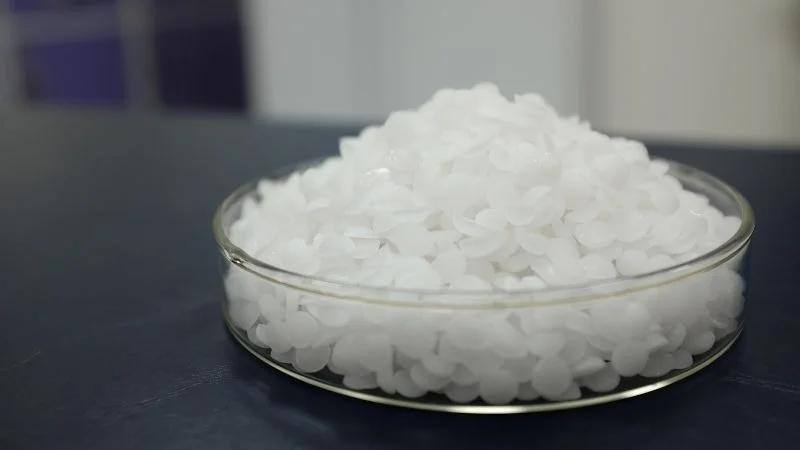
Why Use NaOH for Cleaning Stainless Steel?
NaOH is particularly good at breaking down fats and grease, which are common contaminants on stainless steel surfaces. Persistent stains and burnt-on residues can be effectively removed with a NaOH solution. Additionally, NaOH has sterilizing properties, making it ideal for cleaning surfaces that need to be hygienic.
Precautions When Using NaOH
Safety is paramount when handling NaOH due to its corrosive nature. Always wear gloves, safety goggles, and long sleeves to protect your skin and eyes from splashes. To avoid breathing fumes, make sure there is proper ventilation. Never use NaOH in its concentrated form; always dilute it with water according to instructions. Use a neutralizing solution, such as vinegar, to neutralize any remaining NaOH on the surface.
How to Cleaning Stainless Steel with NaOH
Preparation
Gather all necessary materials: NaOH, water, a mixing container, protective gear, a soft cloth or sponge, and a neutralizing solution (like vinegar). Mix one part NaOH with ten parts water. Always add NaOH to water, not the other way around, to prevent a violent reaction.
Application
Before applying the solution to the entire surface, test it on a small, inconspicuous area to ensure it doesn't cause any damage. Dip the cloth or sponge into the diluted NaOH solution and gently apply it to the stainless steel surface. Work in small areas for even coverage.
Cleaning
Scrub the surface with moderate circular strokes. Avoid using abrasive products that can scratch stainless steel. Let the solution sit for a few minutes to break down any tough stains or grease.
Rinsing
Rinse the surface with plenty of water to remove any residual NaOH. Apply a vinegar solution to neutralize any remaining alkaline residue, then rinse again with water.
Drying
Using a clean, dry cloth, wipe the surface dry. This will keep water stains and streaks out.
Maintaining Stainless Steel
To keep your stainless steel looking its best, clean regularly with a mild detergent and water to prevent buildup. Use non-abrasive cleaning tools and products to prevent scratching. Additionally, use a stainless steel polish periodically to maintain the shine.
Common Mistakes to Avoid
Never use NaOH without diluting it properly, as it can damage the surface. Always neutralize the surface after cleaning to prevent corrosion. Avoid using abrasive tools like steel wool or harsh scrubbers that can scratch the stainless steel.
Extending the Life of Stainless Steel
Regular checks and expert cleaning for more significant issues can extend the life of stainless steel and keep applications operating properly. Although stainless steel's built-in chromium content helps to protect against corrosion, it is insufficient. Chemical solutions, weathering, salt, and mechanical damage are all reasons for routine passivating treatment. Passivation operations and proper cleaning methods enable stainless steel to remain one of the most adaptable materials in the commercial and industrial worlds.
Cleaning stainless steel with NaOH is an efficient method when done correctly. By following the steps outlined in this guide, you can maintain your stainless steel surfaces' shine and hygiene. Always remember to prioritize safety and handle NaOH with care to achieve the best results.
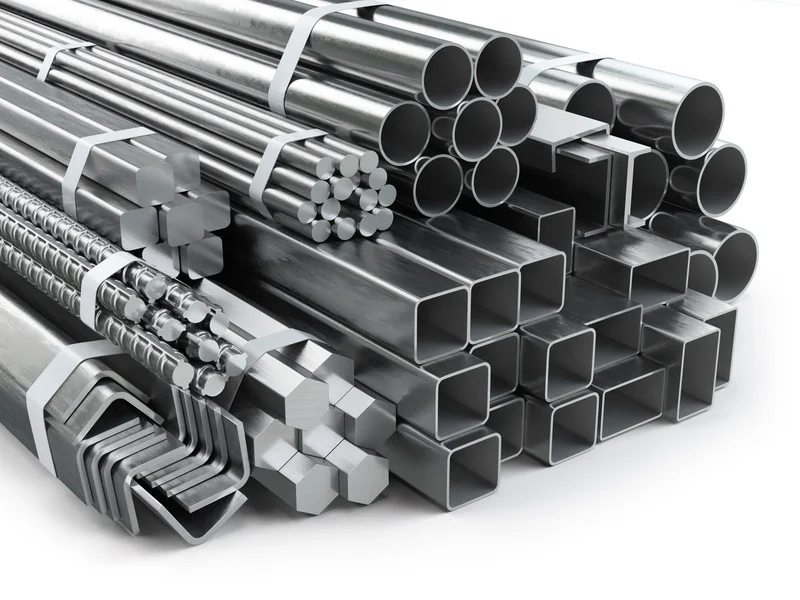
Dong A Chemical hopes the information shared from the above article will help you better understand the reasons for protecting stainless steel, understand how to clean it, and be able to choose the right solution for the metal objects in your house. Dong A Chemical specializes in producing chemicals for plating and other industries. Visit the official website dongachem.com or via hotline (+84) 985797941 to see details of the products we offer.
Related Articles
Swimming Pool Water Treatment Chemicals: Ensuring Clean and Safe Water
Proper swimming pool water treatment chemicals ensure they are free from harmful pathogens, algae, ...
The Benefits and Best Application of Using Liquid Chlorine for Pool Maintenance
Using liquid chlorine for pools is one of the most effective methods for ensuring the water remains ...
What is Chlorine? Properties and Applications of Chlorine Compound in Life
Chlorine is one of the simplest and most common compounds in chemistry. It was discovered in the ...
Why is My Pool Water Green? Causes and Solutions
Pool water green is not just an eyesore but can also be a sign of potential health hazards. No one ...
The Importance of a Swimming Pool Cover and How to Choose
A swimming pool cover is one of the most essential equipment for your pool. A pool cover plays a ...
6 Easy Methods to Heat a Swimming Pool and Extend Your Swim Season
Throughout the swimming season, it can be challenging to maintain the proper temperature in the ...


